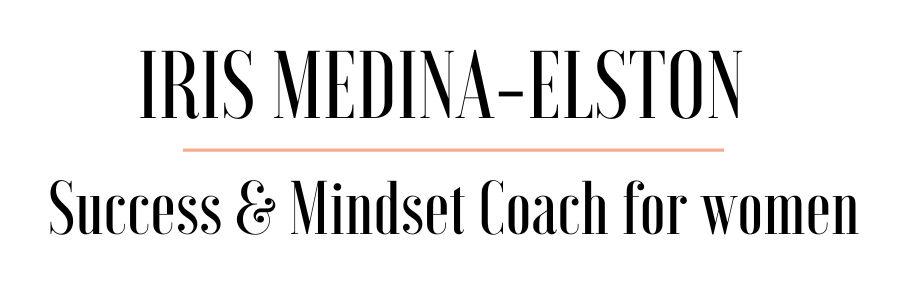Thinking Backwards is Forward Thinking
Got a high-priority project up your sleeve? Cool, me too. Think hard at the beginning of the project about where you want it to go. What is the purpose of this goal? Write down tentative conclusions for your project.
By writing tentative conclusions for your project and focusing on the final product, you will be able to breakdown the project into smaller, manageable actions, evaluate your tasks and rank them in order of importance. Spend a day (or more) gathering research and establishing your tentative conclusion. This data will help you drive your project’s strategy. You can apply this methodology to whatever project you’re working on.
As your project progresses, you will need to reassess what you’re doing. Approach your project as researcher would approach the scientific method. Come up with a set of hypotheses, test those and reassess your project based on your findings.
Too often, though it seems logical, we tend to start at the beginning of a project and work our way down without really knowing where we’re going and without checking to see if priorities should be shifted based on what’s happening in the market. How many companies can we think of (or have been a part of) that start a project — perhaps a new product–and spend weeks and even months working without stopping to assess their goals because they’re so busy trying to reach their deadline.
In web developing, I often see developers spend a really long time working on a project, the client does not interrupt the progress and 9 months later their website is ready to launch. However, technology is constantly changing and now their new website needs to be responsive, or mobile friendly if it wants to keep up with consumer expectations. This responsive feature was very new 9 months ago, but became more standard 4 months ago. As a professional, inform your clients about the new changes in technology. As a client, keep up with trends; talk to your team about features that you can abandon or replace. Try the “backwards” method, stop midway to check on progress, reassess (when necessary) and save weeks of research, money and resources.




Add A Comment